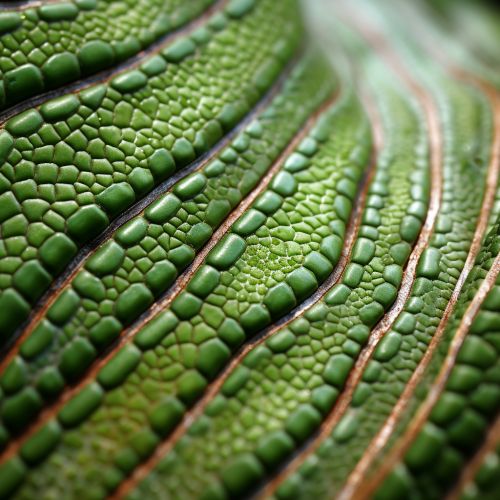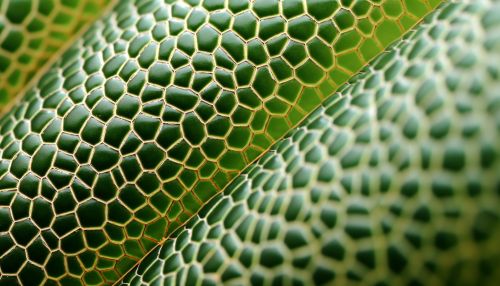Epidermis (botany)
Introduction
The epidermis is the outermost layer of cells covering the plant body in the field of botany. It serves as the plant's primary barrier against water loss, mechanical injury, and invasion by pathogens. The epidermis plays a crucial role in the plant's interaction with the environment, including light perception, gas exchange, and water absorption.
Structure
The epidermis is usually composed of a single layer of cells, although in some plants, it may be multi-layered. The cells are typically parenchymatous, but they can also be sclerenchymatous, particularly in older stems. The epidermis is usually separated from the underlying tissues by a layer of cuticle.


Functions
The primary function of the epidermis is to protect the plant from environmental stress, including mechanical injury, desiccation, and pathogen invasion. It also plays a role in the regulation of gas exchange, water absorption, and light perception.
Protection
The epidermis serves as a physical barrier against mechanical injury. The cells of the epidermis are tightly packed together, and they are often covered by a layer of cuticle, which provides additional protection. The epidermis also contains specialized cells called trichomes and stomata, which can help to deter herbivores and pathogens.
Regulation of Gas Exchange
The epidermis plays a crucial role in the regulation of gas exchange in plants. The stomata, which are found in the epidermis, are the primary sites of gas exchange. They allow carbon dioxide to enter the plant for photosynthesis and enable the release of oxygen and water vapor.
Water Absorption
In roots, the epidermis is involved in water absorption. The root hairs, which are extensions of the epidermal cells, increase the surface area of the root, allowing for more efficient water and nutrient uptake.
Light Perception
The epidermis also plays a role in light perception. Some epidermal cells contain photoreceptors, which can perceive light and transmit this information to the rest of the plant, influencing processes such as phototropism and photoperiodism.
Development
The development of the epidermis in plants is a complex process that involves cell division, differentiation, and maturation. The epidermis originates from the protoderm, which is one of the three primary meristems in the plant embryo. The protoderm gives rise to the epidermal cells through a process of cell division and differentiation.
Diversity Among Plants
The structure and function of the epidermis can vary widely among different types of plants. For example, in xerophytic plants, the epidermis often has a thicker cuticle and more stomata to prevent water loss. In aquatic plants, the epidermis may be thin or absent, and gas exchange occurs directly through the surface of the leaves.
